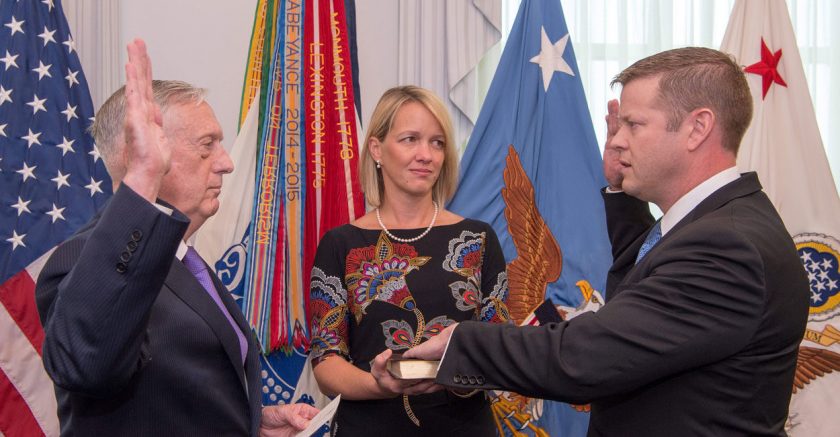The Army issued an order in June establishing an Army Futures Command, and last month it selected Austin, Texas, as the location for its headquarters.
Establishment of the Army Futures Command is a potentially significant step for the military in its journey to becoming a world-class innovator.
Innovation in the military does occur, and often on a large scale. Except when prompted by conflict, however, the innovation usually occurs across longer timelines, with slower processes for the innovation itself, and typically slow or troublesome procurement.
The culprit in this process is the bureaucratic nature of the U.S. military and its inability to operate innovatively. That means that new platforms and equipment can be rendered obsolete by adversaries and battlefield challenges simply as a result of the time and spending it takes to deploy a new technology.
Even readiness for future threats can be stunted by the cancellation of innovative solutions, such as the Future Combat System, when the goals are overly ambitious. Both scenarios can result in billions of dollars wasted and leave the U.S. military at a significant disadvantage.
As with any government entity, the U.S. Army is inherently a bureaucracy that prioritizes hierarchy, order, and structure. It values the predictable status quo, the very antithesis of innovation—which has an inherently disruptive nature.
With Austin being established as its headquarters, the Army Futures Command will operate close to innovative activity in both academia and the private sector. It aligns with Undersecretary of the Army Ryan McCarthy’s vision of Army civilians working “alongside entrepreneurs, scientists, and researchers,” demonstrating its intent to establish a culture of innovation and break the mold.
Though the Army took previous steps to try and foster innovation—such as developing elements under the Training and Doctrine Command as the Army Capabilities Integration Center—the necessity for the command to focus on disparate missions such as training and capability development inhibited innovation efforts.
The Army Futures Command will take these and other elements and reorganize them into three new ones, streamlining and consolidating responsibilities. Eight Cross Functional Teams that were established in 2017 will also be absorbed into the Army Futures Command.
These teams follow the model of what creates the critical component of an organizational matrix, a structure often seen in the innovation teams of private firms. There, members representing various areas of the business (e.g., engineering, marketing, finance, research and development, etc.) collaborate to build a product with inputs from each component within the team itself, rather than by circulation to each department.
Read the full story from The Daily Signal
Want more BFT? Leave us a voicemail on our page or follow us on Twitter @BFT_Podcast and Facebook @BluntForceTruthPodcast. We want to hear from you! There’s no better place to get the #BluntForceTruth.







